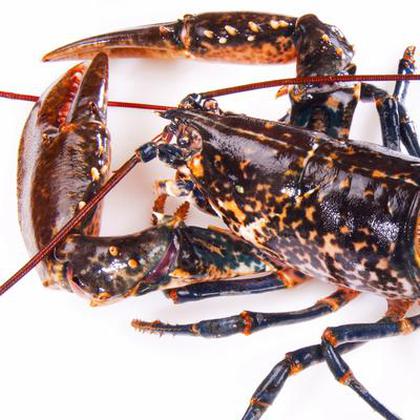Showing results for 'Lobster'
close
Lobster

Lobster, an expensive type of seafood, is a sea creature that looks similar to a crab, but has a long body, muscular tail and five pairs of legs, three of which have claws.
Lobster Pairs With:
Food Item
Flavor Affinity Level

Did you know there are 190 food flavor pairings in my database for Lobster available. What you are seeing above is a random list of 30 items which pair with Lobster.
For the entire list, beautifully formatted, enter your email address and click the download button below, then I'll email it to you as a PDF.
Lobster Properties:
| Food Property | Type | Description |
|---|---|---|
| Flavor Profile | Sweet | Lobster meat has a natural sweetness to it. |
| Umami | Lobster has a rich and savory taste due to its high content of natural umami compounds. | |
| Texture | Firmness | Lobster meat is firm and slightly chewy. |
| Tenderness | Despite its firmness, lobster meat is also tender and juicy. | |
| Moisture | Lobster meat is juicy and succulent. | |
| Nutritional Value | Macronutrients | Lobster is high in protein and low in fats and carbohydrates. |
| Micronutrients | Lobster is a good source of various vitamins and minerals such as vitamin B12, zinc, and selenium. | |
| Fiber | Lobster is low in fiber. | |
| Color | Natural Pigments | Lobster meat has a pinkish-orange color due to the presence of carotenoid pigments. |
| Aroma | Volatile Compounds | Lobster has a unique aroma that is created by various volatile compounds present in its meat. |
| Chemical Composition | Acidity/Alkalinity (pH) | Lobster meat has a neutral pH. |
| Cooking Behavior | Heat Conductivity | Lobster cooks quickly due to its high heat conductivity. |
| Water Retention | Lobster meat retains moisture well during cooking. | |
| Oil Absorption | Lobster meat does not absorb much oil during cooking. |
Food Pairing App - Version 1.2.0
